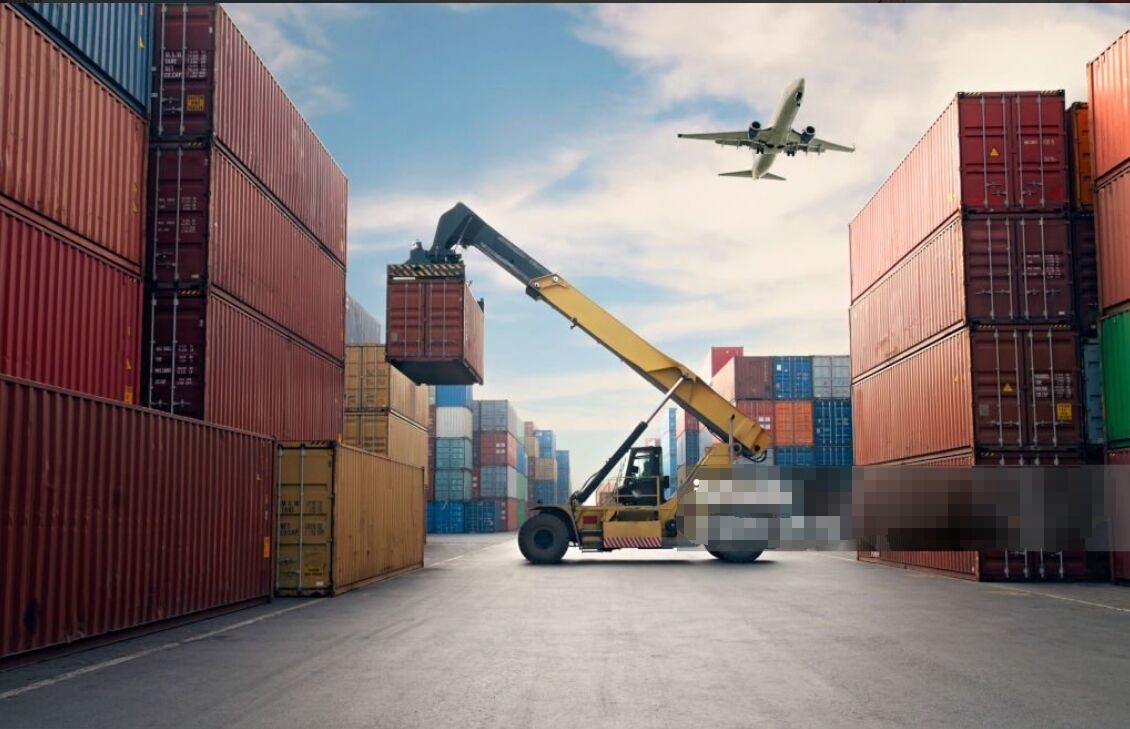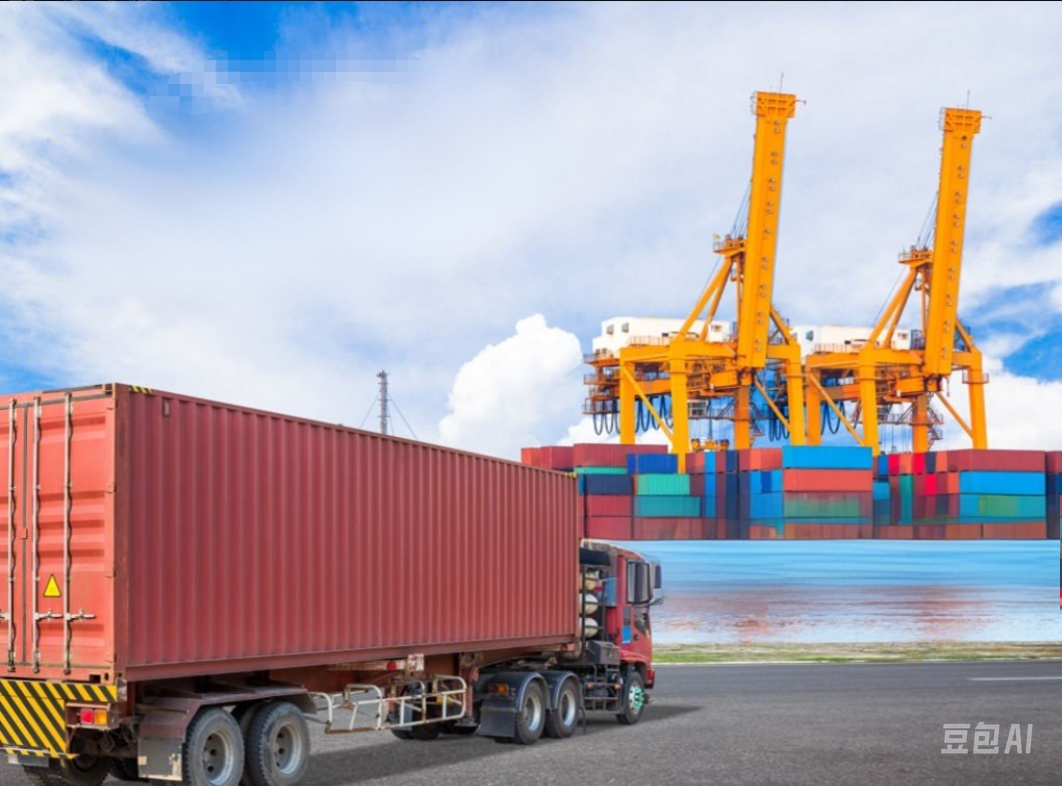Understanding LCL Shipping Basics
Key Differences Between LCL and FCL
LCL (Less than Container Load) and FCL (Full Container Load) represent two fundamental shipping methods in freight transportation. LCL is ideal for shipping smaller quantities of goods that don't require an entire container, allowing shippers to share space and cost with others. Conversely, FCL involves dedicating the entire container to one shipment, often more cost-effective per item for large volumes. Although LCL can be cheaper for smaller shipments, it usually involves longer lead times due to the consolidation process. This contrasts with FCL's direct shipping, which can usually offer faster delivery. According to statistics from the International Maritime Organization, choosing between LCL and FCL involves weighing factors like lead time, shipment volume, and costs. LCL shipments can offer flexibility and savings, while FCL provides efficiency and time reductions for bulk shipping.
Role of Freight Forwarding Companies in LCL
Freight forwarding companies play a vital role in facilitating LCL shipments by expertly managing logistics and documentation. These professionals ensure that your goods move smoothly from one point to another, dealing with customs clearance and coordinating the shipping process end-to-end. Selecting a reliable freight forwarder is essential, as they can significantly impact the efficiency and success of your shipping operations. For instance, businesses have reported smooth operations when partnering with reputable forwarders, confirming the importance of this choice. Additionally, many freight forwarders offer value-added services like warehousing and inventory management, which further streamline the LCL shipping process. These services not only enhance efficiency but also provide peace of mind, knowing that every logistical aspect is handled meticulously.
Benefits of Optimized LCL Shipments
Cost Savings Through International Freight Shipping
Optimized LCL (Less than Container Load) shipments offer significant cost-saving opportunities through international freight shipping. By sharing container space with other shipments, businesses can drastically reduce the costs associated with shipping, particularly for smaller volumes. For example, a company shifting from Full Container Load (FCL) to LCL shipping saved approximately 30% on shipping costs by utilizing shared container space, leading to reduced overhead expenses. Additionally, pricing strategies for LCL can vary significantly based on factors such as shipment size and route optimization, allowing businesses to further fine-tune their freight expenses according to their needs. As an industry expert once noted, leveraging LCL is a financially beneficial move for small and medium-sized enterprises aiming to efficiently manage shipping costs without compromising service quality.
Reduced Environmental Impact via Consolidation
LCL shipments not only offer cost benefits but also significantly reduce the environmental impact through consolidation. By sharing shipping resources, these shipments help lower the overall carbon footprint compared to individual shipments. For instance, the International Maritime Organization reports that consolidated shipping can cut emissions by up to 40% compared to separate cargo movements, underscoring its potential for eco-friendly shipping practices. In today's logistics landscape, sustainability is a growing concern, and businesses are increasingly leveraging LCL to align with eco-conscious practices. Reports from the World Economic Forum highlight freight shipping practices like LCL as pivotal in reducing environmental impact, encouraging businesses to incorporate these strategies for a greener supply chain.
Effective Consolidation Strategies
Buyer’s Consolidation vs. Traditional LCL Models
Buyer's consolidation offers a strategic advantage over traditional LCL shipping models. Unlike the traditional approach, buyer's consolidation involves consolidating goods from multiple sellers into a single shipment, facilitating efficient space utilization and cost-sharing. This model is particularly beneficial for reducing shipping costs and improving delivery times. For example, many companies report significant savings through buyer’s consolidation, as it allows them to negotiate better rates based on volume. Furthermore, industry trends indicate a shift towards buyer’s consolidation, driven by demands for faster, more cost-effective logistics solutions.
Combining Shipments for Air Freight Efficiency
Combining LCL shipments can significantly enhance air freight efficiency by reducing lead times and streamlining processes. However, challenges such as coordinating diverse goods and ensuring appropriate space allocation can impede this strategy. To address these constraints, businesses need to adopt effective organization strategies and leverage technologies like load planning applications. Statistical data shows that businesses using combined shipments can see a reduction in delivery times and costs, sometimes achieving up to a 20% increase in efficiency. For optimal performance, it's essential to adhere to best practices in coordinating shipments, which include proactive communication and meticulous planning.
Packaging and Container Optimization
Maximizing Space with Efficient Packaging
Effective packaging is a critical factor in maximizing container space for LCL shipments. By adopting best practices, businesses can make the most out of available container space, leading to cost savings and operational efficiency. For instance, utilizing stackable, modular boxes or custom-sized packaging can significantly enhance space utilization. Advanced design strategies, such as using interlocking shapes and foldable materials, also play a role in optimizing space. According to recent data, businesses can reduce shipping costs by up to 30% through efficient packaging solutions. Innovations in packaging technology, like vacuum packaging and shrink wrap, further help in compressing goods into smaller volumes, enhancing the overall loading capacity of containers.
Balancing Weight and Volume for DHL International Shipping Rates
Balancing weight and volume is essential for determining DHL international shipping rates. Dimensional weight pricing, which DHL and other logistics companies use, calculates shipping rates based on the volume of the package rather than its actual weight, impacting LCL shipping costs significantly. To optimize shipment weight and volume effectively, businesses should aim to pack items densely and avoid unnecessary bulk. Real-world examples from DHL indicate that judiciously balancing these factors can lead to substantial cost savings. By regularly monitoring the weight and volume of shipments, shippers can fine-tune their packaging strategies—leading to optimized shipping expenses and increased freight efficiency.
Selecting Strategic Routes and Partners
Leveraging High-Efficiency Freight Shipping Corridors
Leveraging high-efficiency freight shipping corridors is essential for optimizing less-than-container load (LCL) shipments. Popular corridors, such as transpacific and Asia-Europe routes, are pivotal in achieving both time and cost efficiency due to their established infrastructure and streamlined processes. By utilizing these high-efficiency routes, businesses can significantly reduce transit times and overall shipping costs compared to traditional routes. Statistics underscore this efficiency; for instance, utilizing these corridors can reduce shipping time by 20%. Furthermore, strategic partnerships with freight carriers ensure that these routes are effectively tapped, enhancing the overall effectiveness of the shipping process. Collaborations with entities like DHL can further amplify this efficiency through their robust network and international expertise, thereby facilitating smoother logistics operations.
Evaluating Freight Forwarding Companies for Reliability
Evaluating freight forwarding companies based on reliability and service quality is crucial when selecting partners. There are several key criteria to consider, including their track record in handling shipments, communication proficiency, and adherence to timeliness. Client testimonials and reviews play a vital role in assessing potential partners, providing firsthand insights into service reliability. Industry data and surveys reveal that top freight forwarding providers maintain reliability rates exceeding 95%, reassuringly indicating dependable service. To foster long-term partnerships, it is beneficial to engage in frequent evaluations and establish clear communication channels to ensure consistency and reliability. Moreover, building strong relationships with key forwarding entities can lead to mutually beneficial agreements, increasing shipping efficiency and reliability over time.



